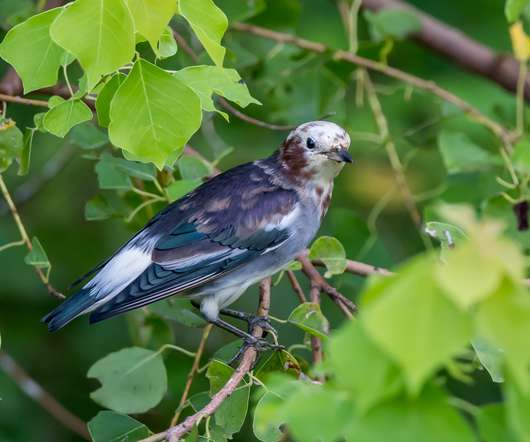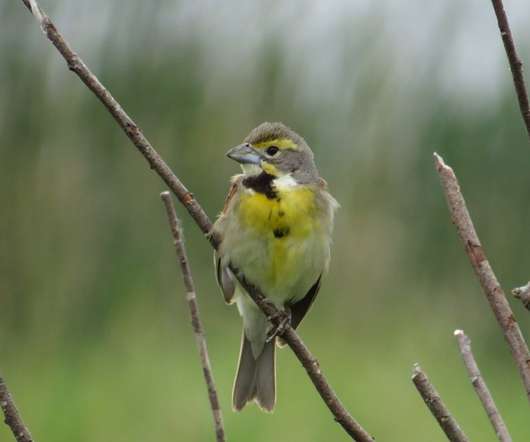Birding Nanhui, Shanghai, in September 2021
10,000 Birds
OCTOBER 4, 2021
Breeding in Northern Japan and wintering in the Phillippines, some seem to take a migratory rest stop (and slight deviation) at the Shanghai coast. For example, the main article states that “At Lac de Grand Lieu, W France, birds commute 2–38 km between colony and feeding territories.” ” Hm. (I












Let's personalize your content